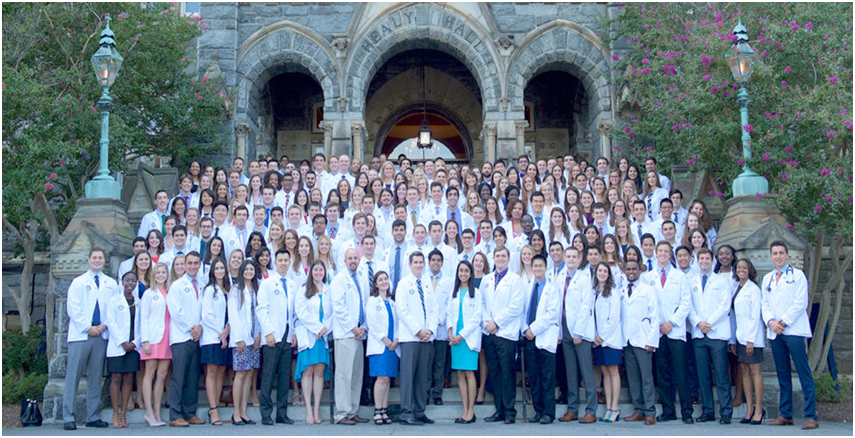
Charles R. Goulding and Preeti Sulibhavi consider rising interest in medical school – and how 3D printing might come into play educating our next generation of doctors.
In what is being called the Fauci Effect, recent data indicates that applications to medical schools are up 18 percent. These new applications are coming at a time when 3D printing for medical use and other applications, including orthopedics and bioprinting, is at an all-time high.
Medical 3D Printing And Education
This is an ideal time for the 3D printing industry to educate medical academia about the depth of its improved product offerings so that new physicians, are aware of the possibilities for the advancement of their profession. Hopefully, these new physicians will be made aware of the pioneering 3D printing applications being developed at the Mayo Clinic, New York’s Hospital for Special Surgery and many other leading hospitals.
The increase in medical school applications comes at a time when a record number of physicians are retiring or switching to non-patient care activities. As a result of the COVID-19 pandemic, 8% of physicians had closed their practices in the US, according to the US News and World Report. This amounts to about 16,000 medical practices closing down, with there being approximately 200,000 practices in the nation. This means the new physicians are going to need to hit the ground running with help from today’s most advanced medical technologies.

The table below presents the recent articles we have authored regarding 3D printing for medical technology, including major mergers in the medical device industry:
Companies engaged in 3D printing activities and similar developments may be eligible for the Research and Development Tax Credit.
The Research & Development Tax Credit
Whether it’s used for creating and testing prototypes or for final production, 3D printing is a great indicator that R&D Credit eligible activities are taking place. Companies implementing this technology at any point should consider taking advantage of R&D Tax Credits.
Enacted in 1981, the now permanent Federal Research and Development (R&D) Tax Credit allows a credit that typically ranges from 4%-7% of eligible spending for new and improved products and processes. Qualified research must meet the following four criteria:
- Must be technological in nature
- Must be a component of the taxpayer’s business
- Must represent R&D in the experimental sense and generally includes all such costs related to the development or improvement of a product or process
- Must eliminate uncertainty through a process of experimentation that considers one or more alternatives
Eligible costs include US employee wages, cost of supplies consumed in the R&D process, cost of pre-production testing, US contract research expenses, and certain costs associated with developing a patent.
On December 18, 2015, President Obama signed the PATH Act, making the R&D Tax Credit permanent. Since 2016, the R&D credit has been used to offset Alternative Minimum Tax (AMT) for companies with revenue below $50MM and, startup businesses can obtain up to $250,000 per year in payroll tax cash rebates.
A 3D Printing Effort Not in Vein…
With record new medical school applications combined with record physician retirements, the medical profession is welcoming a new generation of physicians. The 3D printing industry needs to be a part of the education of this new wave of physicians.
